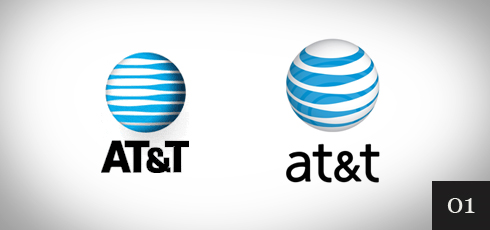Designers often face difficult questions when taking on a new project, one of the biggest being “what’s the best way to tackle this?” but some forget to ask how radical they need to be with their newest project.
Redesign And Realign
FINCH, the site of designer and writer Francisco Inchauste, brought up a very interesting point that is worth talking about more now than ever: do you redesign or a realign a site?
It’s easy to get caught up in the redesign hype – we’re bombarded by the latest products which have obsoleted the previous generation that was less than 6 months old and clients get caught up in it as well. A new face becomes synonymous with increased functionality, more revenue and higher conversions but that’s often not the case. Realigning a site — keeping the current’s site aesthetics and addressing the real underlying issues … maybe the better option for both you and the client.
We need to understand what the big problems really are and address those first in our design before going gun ho on a full site overhaul
What’s The Issue At Hand?
We need to ask ourselves, and the client, what’s the real issue at hand. Are they looking for a complete brand realignment or is usability on their site lacking? Either wouldn’t require a complete site redesign but instead address certain aspects such as color scheme, hierarchy, font and sizing, and designing for the site’s target demographic. You also need to establish what the site intends to do. Sure, a cool looking site may attract attention on a design blog for being some pick of the day but you need to keep in mind that you’re designing a user interface as well. Hampering usability with design is a backwards approach that has very, very real consequences.
Punishing Your Users With A Redesign
When designs go bad and usability is hampered, users revolt and whey they do, they’re vocal.
Take Gawker’s recent Blog redesign. The traditional blog design of posts being displayed in chronological order seemed to prevent exclusive news stories from being promoted over others. Gawker identified a problem in the Blog layout and its own site design and decided to tackle the problem head on. However, the solution was less than elegant and alienated its readers. Gawker opted to put all of its Blog content in to a small sidebar that was a lot smaller compared to the editor chosen juicy story of the day. Summaries were stripped which meant users had to click and find a story they liked instead of casually browsing.
This new interface inhibited the promotion and reading of content unless it was the chosen story which is placed up front and center. Engadget, on the other hand, has a prominent but not obtrusive section below its navigation bar that displays the 5 most recent top stories. Important posts are identified with a red tag. Engadget’s solution is much more elegant, didn’t cause a user revolt and is a great example of identifying and fixing a problem through realigning rather than redesigning.












